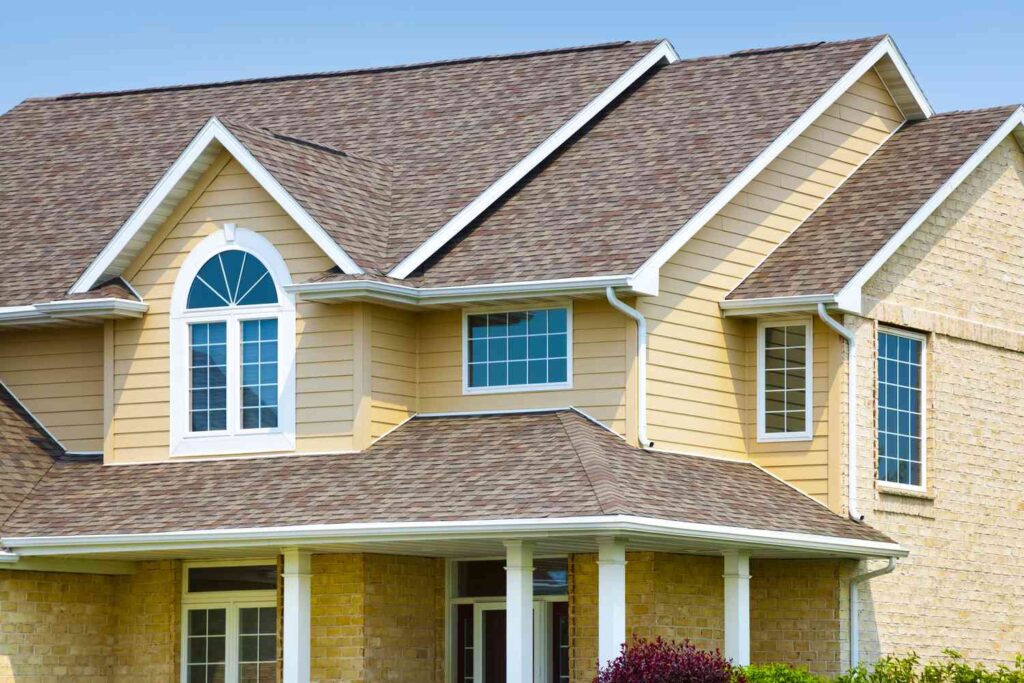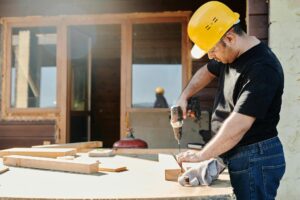The Ultimate Guide to Siding Replacement: Choosing the Right Material for Your Home

When it comes to home renovations, few projects have the potential to transform the appearance and functionality of your residence quite like siding replacement. Your home’s siding serves as its outer shell, providing protection from the elements while also contributing to its overall aesthetic appeal. However, over time, siding can become worn, damaged, or outdated, necessitating replacement to restore both form and function. In this comprehensive guide, we’ll walk you through the process of selecting the right siding material for your home, covering everything from available options to installation considerations.
First and foremost, it’s essential to familiarize yourself with the various siding materials available on the market today. From traditional choices like vinyl and wood to more modern alternatives such as fiber cement and brick, each material offers its own unique set of advantages and disadvantages. Vinyl siding, for example, is renowned for its affordability, low maintenance requirements, and wide range of color options. However, it may lack the authenticity and durability of natural materials like wood or brick. On the other hand, wood siding exudes timeless charm and can be customized to achieve a variety of aesthetic styles, from rustic to contemporary. However, it requires more maintenance and is susceptible to rot, pests, and weather damage.
Fiber cement siding has gained popularity in recent years for its exceptional durability, resistance to fire and pests, and ability to mimic the look of wood or masonry. It’s also relatively low maintenance and comes in a variety of textures and finishes. Brick siding, meanwhile, offers unmatched longevity, energy efficiency, and aesthetic appeal, making it a premium choice for homeowners seeking a timeless and elegant exterior. However, it comes with a higher price tag and may require professional installation due to its weight and complexity.
When selecting siding for your home, there are several factors to consider beyond just aesthetics and budget. Climate, for example, plays a significant role in determining the most suitable siding material for your region. Areas with high humidity, extreme temperatures, or frequent precipitation may require siding with superior moisture resistance and thermal insulation properties. Additionally, consider the architectural style of your home and how different siding materials will complement its design features. Traditional homes may benefit from classic options like wood or brick, while modern residences may fare better with sleek and contemporary materials like vinyl or fiber cement.
It’s also essential to stay informed about popular trends in siding design and installation techniques. From bold color choices and mixed-material applications to eco-friendly innovations and energy-efficient upgrades, the world of siding is constantly evolving. Keep an eye out for emerging trends and technologies that can enhance the beauty, performance, and sustainability of your home’s exterior. Finally, don’t overlook the importance of proper installation when embarking on a siding replacement project. Even the highest-quality materials can fail to deliver optimal results if not installed correctly. Be sure to hire reputable contractors with experience in siding installation and a track record of satisfied customers.
Choosing the right siding material for your home is a decision that requires careful consideration of various factors, from aesthetics and budget to climate and maintenance requirements. By familiarizing yourself with the available options, weighing the pros and cons of each, and staying informed about industry trends and best practices, you can make an informed decision that enhances the beauty, durability, and value of your home for years to come.











